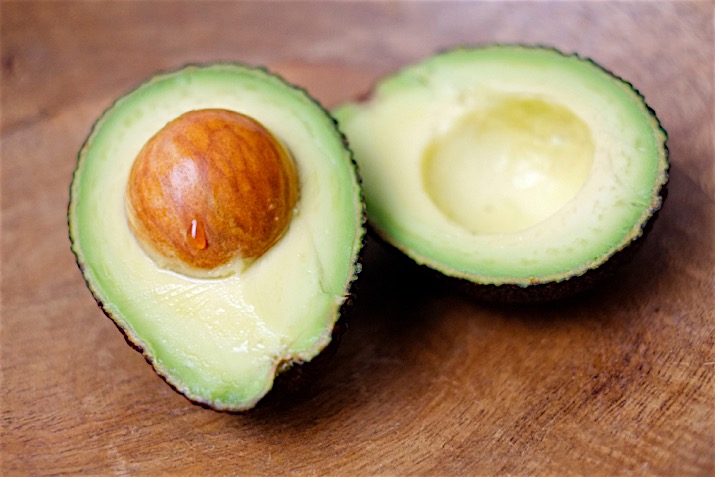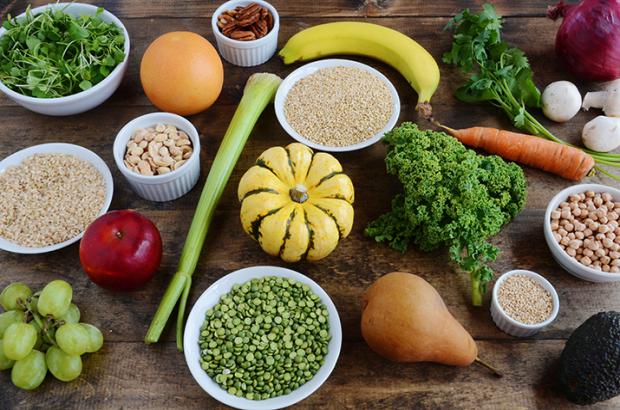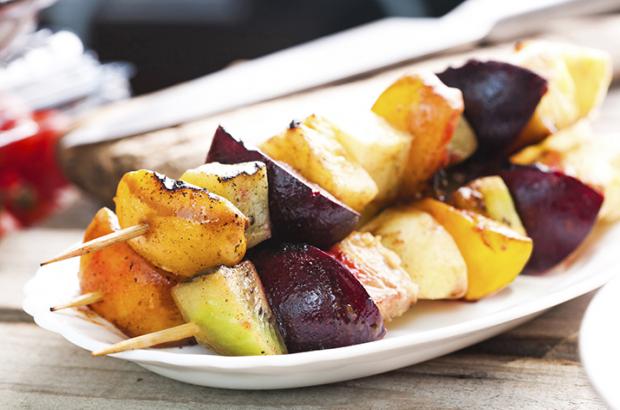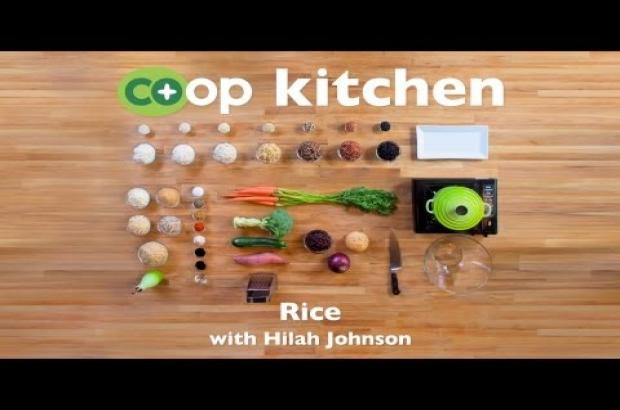Article
Avocado, the Rich, Creamy Fruit

It was a fad of sorts in the 1970s to try to sprout an avocado tree. Whenever my mom or my friend's moms made guacamole, they saved the pit and created their own little avocado nurseries. It must have been written up in a popular magazine, because I saw these odd little window displays everywhere. Each pit was impaled with three equidistant toothpicks, which held it suspended in a jar or glass of water, then placed in the window over the kitchen sink. Eventually a stem would sprout from the pointed top and roots from the rounded bottom.
Most of the sprouted seeds died of neglect, their jars going dry. But very occasionally, one made it. The spindly plant was planted in a pot and lived to produce shiny, oval leaves. There in Ohio, the dream of growing avocados in a pot was rarely realized. I now know that it takes seven to fifteen years for the tree to produce fruit, and the 65-foot tree can't survive freezing temps. The leaves are also toxic to pets, so I will not be sprouting avocado pits at my house.
The avocado was still a little exotic and more scarce back then. Now, we can get good avocados year-round, and 90% of the avocados grown in the US come from California. The unique fruit of the avocado tree is one of the only fruits that contains fat (other fruits include coconuts and olives, while nectarines, peaches and kiwis all contain low amounts of fat). The healthy mono-unsaturated fats in the green flesh make it a luscious addition to all sorts of dishes. In fact, the avocado is a source of over 20 nutrients, from potassium to B vitamins, so it's more than just a delicious fruit.
The fats in avocados are the kind that lower cholesterol and make other fat-soluble nutrients more easily absorbed. The fats in avocados are anti-inflammatory (help prevent heart disease) and their creamy flesh boasts an impressive amount of healthy fiber.
The most common variety of avocado, the Hass, is the pear-shaped, green-to-black colored one with a pebbled skin. The Hass is of the Guatemalan type, with rich, buttery texture and flavor, and you might come upon Fuerte or Reed varieties that are of the same origin. Then there are Mexican avocados, notably Bacon and Zutano, which are smaller and paler than Hass. West Indian avocado varieties, which are grown in Florida, have smooth skin, are usually big, round, and have a higher water and lower fat content than the other varieties. Sometimes they are marketed as "diet" avocados.
Do you use avocados for anything besides guacamole, and maybe the occasional sandwich? Guacamole is the gateway recipe many people never move beyond. It's understandable; guacamole is one of those universally-loved dishes, like chocolate chip cookies or apple pie. But if you are only mashing these green gems with lime for a chip dip, you are missing out.
One thing we all learn from guacamole is that avocados discolor when the flesh is exposed to air. That's one of the reasons we add that lime or lemon, to keep it green longer. It's a win-win, because the citrus tang complements the creamy fruit so well. So, as you explore avocado cookery, remember to spike it with some citrus, and prepare any fresh avocado at the last minute.
Vegetarians and vegans have been expanding their uses for avocadoes. I think of the fruit as a vegan mayonnaise, and a good stand in for the creaminess of dairy. A sandwich with sliced or mashed avocado needs no mayo or cheese, just veggies and perhaps a smear of Dijon or Sriracha. Diced or pureed avocado on Mexican foods gives you the mouthfeel of sour cream or melted cheese
Avocados can be pureed for a delicious salad dressing. Simply puree the avocado, and blend in citrus or vinegar, for a thick dressing, or thin it with yogurt or apple juice, if desired.
The avocado also excels in quick sauces for fish and chicken. A piece of mild cod or sole becomes a feast with a tumble of avocado salsa, or pureed avocado with lemon and herbs. That simple chicken breast gets more exciting with avocado pesto over the top.
Even hefty roasted meats can benefit from avocado. Tostadas al Pastor are made with slow-roasted pork, and often topped with diced avocado. If you like avocado with beef fajitas, why not try it with your roast beef sandwich, or even a hotdog?
Avocados are actually great in sweets, too. Brazilian, Vietnamese and Indian cooks traditionally blend them into milkshakes, and Filipinos and Indonesians serve them with sweetened condensed milk for dessert. They're also delicious as a sweet sorbet made with ripe avocados, a little water, sugar, lime juice and/or zest. The flesh adds richness and a creamy body to baked goods, much like a banana, as in my avocado bread recipe.
The rich, creamy avocado, with its subtle flavor and natural oils make it delicious and more versatile than you might have imagined. Check out some of our tasty avocado recipes and let us know your favorite ways to use avocados.













